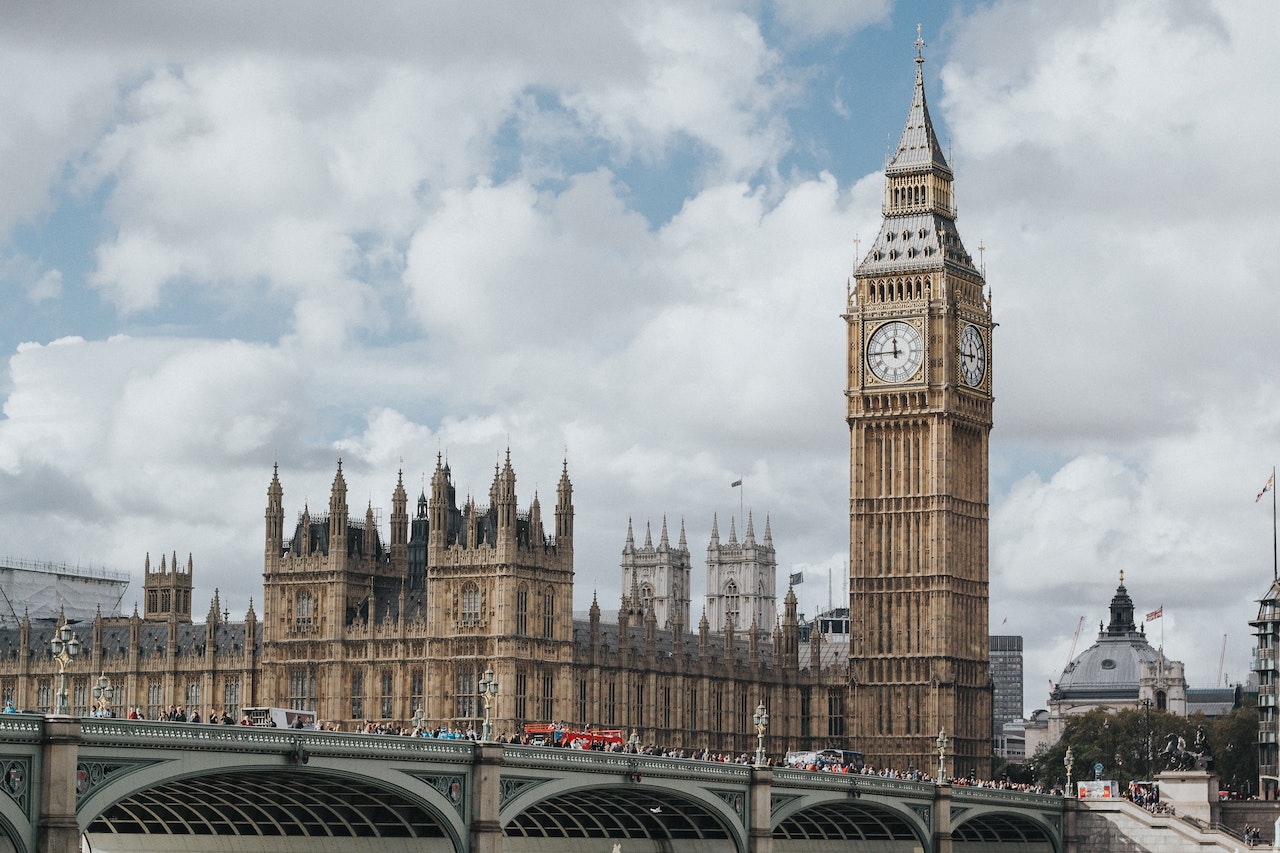On 17 November, the fourth chancellor of the year delivered his Autumn Statement.
Jeremy Hunt aimed to use the Autumn Statement to calm markets and reset public finances. Much of what was stated had been expected. Once again, there was a focus on so-called stealth taxes. These came either through the further freezing of allowances, such as the Personal Allowance and the threshold for higher rate tax, or a reduction in other allowances, like the Dividend Tax Allowance and Capital Gains Tax exemption.
Only time will tell whether the decisions in this Autumn Statement will ensure debt as a share of GDP is on a sustainable path.
Income tax
Income tax rates for 2023/24 will remain the same. The personal allowance and basic rate band remain frozen at £12,570 and £37,700, respectively. This freeze of allowances has been extended by two years until April 2028. This means those entitled to the full personal allowance will not pay higher rate of tax until their income exceeds £50,270.
The point at which additional rate tax becomes payable will be cut from £150,000 to £125,140 from 6 April 2023. This will mean that those already paying tax at 45% will pay an extra £1,243 in 2023/24. The Government forecasts that approximately 250,000 individuals will pay some extra tax due to this measure.
The Scottish Government intends to hold their own Budget on 15 December, which will determine the rates applicable to Scottish taxpayers.
The dividend allowance is to be halved from £2,000 to £1,000 for 2023/24 and again to £500 for 2024/25. Consequently, many more investors will need to complete tax returns if their dividend income exceeds £1,000 next year. The dividend tax rates for basic rate, higher rate and additional rate taxpayers will remain at 8.75%, 33.75% and 39.35% for both the current tax year and 2023/24. This includes the 1.25% increase, which has not been reversed.
Pensions
Despite rampant speculation to the contrary, there were no changes announced to pension tax relief. However, the reduction of the threshold for additional rate tax to £125,140 will see more high earners benefit from relief at 45% on their pension savings. Wage inflation may also mean that a pension contribution is a more attractive option for those who may otherwise lose out on child benefit or personal allowance.
It was also confirmed that the triple lock on the State Pension would be maintained, guaranteeing the 10.1% CPI-based increase for next April along with the same increase to the Pension Credit. There has been an ongoing review of the State Pension age and whether the current timetable for changes is still appropriate. The Government will publish their response in early 2023.
There was no mention of any extension to the freeze to the lifetime allowance, which is expected to remain fixed at £1,073,100 until April 2026.
National Insurance
The increase to NI to help pay for social care reforms has been scrapped. The additional 1.25%, added to the rates of NI for 2022/23 for employees, employers and the self-employed, has been removed from November 2022.
NI thresholds will be fixed at the current 2022/23 levels. The changes to the thresholds at which individuals (both employed and self-employed) start to pay NI, which was introduced in July 2022, will remain – i.e., they’re kept in line with the annual personal allowance of £12,570.
Capital Gains Tax (CGT)
The chancellor announced that the CGT annual exemption would be cut from £12,300 to £6,000 from April 2023 to £3,000 from April 2024. Based on 2021/22 figures, an estimated 235,000 more individuals will need to file a self-assessment return in 2023/24.
There was no change to the rates of CGT, and these will continue to be 10% and 20% (18% and 28%, respectively, for gains on residential property).
Inheritance tax
The Inheritance Tax nil rate bands will stay fixed at £325,000, and the residence nil rate band at £175,000 until April 2028. The residence nil rate band taper will continue to start at £2 million.
Stamp Duty Land Tax
On 23 September 2022, the Government increased the nil rate threshold of Stamp Duty Land Tax (SDLT) from £125,000 to £250,000 for all purchasers of residential property in England and Northern Ireland. It increased the nil-rate threshold paid by first-time buyers from £300,000 to £425,000. The maximum purchase price for which First Time Buyers’ Relief can be claimed was increased from £500,000 to £625,000. This will now be a temporary SDLT reduction, and the SDLT cut will remain until 31 March 2025.
Council Tax
The Government is giving local authorities in England additional flexibility in setting Council Tax by increasing the referendum limit for increases in council tax to 3% per year from April 2023. In addition, local authorities with social care responsibilities will be able to increase the adult social care precept by up to 2% per year.
Corporation tax
Corporation tax will rise to 25% from April 2023 as initially planned. However, small companies with profits below £50,000 will continue to pay at the current rate of 19%. There will also be a reintroduction of tapering relief for businesses with profits between £50,000 and £250,000 so that they pay less than the main rate.





